No products in the cart.
Return To ShopContents
- From the Ruhrgebiet’s Depths: The Dawn of German Thrash Metal
- Pioneers of Power: Founding Stories of the Teutonic Thrash Giants
- Kreator: The Architects of Aggression
- Sodom: The Unholy Black Thrash Legion
- Destruction: The Razor-Sharp Riff Masters
- Tankard: The Beer-Fueled Thrash Party Starters
- The Global Onslaught: The Rise of Teutonic Thrash Metal
- Enduring Legacy: Influence on Young Musicians and the Metal Community Today
- Conclusion: The Unstoppable Force of German Thrash
For those uninitiated in the raw power and blistering speed of thrash metal, the names Kreator, Sodom, Destruction, and Tankard might sound like a cryptic code. Yet, for millions worldwide, these four German titans represent the very essence of a musical revolution – the “Big Teutonic 4.” This article delves into the thrilling origins, meteoric rise, and enduring legacy of these legendary bands, offering a comprehensive look for newcomers eager to understand their profound impact on the global metal scene.
From the Ruhrgebiet’s Depths: The Dawn of German Thrash Metal
The early 1980s were a fertile ground for heavy music. Across the Atlantic, bands like Metallica and Slayer were forging the sound of thrash metal. Simultaneously, in the industrial heartland of Germany, a similar, yet distinctly darker and more aggressive, sound was brewing. The grim realities of post-industrial life in cities like Essen, Gelsenkirchen, and Frankfurt provided a stark backdrop for a generation of young musicians channeling their energy and frustrations into a new, extreme form of metal.
Unlike the more melodic leanings of some of their American counterparts, German thrash often embraced a raw, unpolished intensity, incorporating elements of punk and an almost relentless ferocity. This nascent scene was driven by a DIY ethos, with bands self-producing demos and building their fanbases through word-of-mouth and underground tape trading.
Pioneers of Power: Founding Stories of the Teutonic Thrash Giants
Let’s explore the individual journeys of the bands that would collectively become the Big Teutonic 4:
| Band Name | Active Period (Key Years) | City of Origin |
| Kreator | 1982-Present | Essen |
| Sodom | 1982-Present | Gelsenkirchen |
| Destruction | 1982-Present | Weil am Rhein/Lörrach (initially) |
| Tankard | 1982-Present | Frankfurt am Main |
Kreator: The Architects of Aggression
- City of Origin: Essen, North Rhine-Westphalia
- Founders & Key Persons: Miland “Mille” Petrozza (vocals, guitar), Jürgen “Ventor” Reil (drums), Rob Fioretti (bass, early member). Mille Petrozza has been the unwavering creative force and frontman throughout Kreator’s career.
- Early Influences: Early Black Sabbath, Venom, Mercyful Fate, and punk bands.
Formed in 1982 under the initial name “Tormentor,” Kreator quickly distinguished themselves with their unrelenting speed and dark, often occult-themed lyrics. Mille Petrozza’s guttural vocals and blistering guitar riffs, coupled with Ventor’s furious drumming, laid the groundwork for their signature sound. Their early demos, such as “Blitzkrieg” and “End of the World,” circulated widely in the underground, generating significant buzz. Their debut album, “Endless Pain” (1985), and the subsequent “Pleasure to Kill” (1986), are widely regarded as seminal works of thrash metal, pushing the boundaries of aggression and speed.
Sodom: The Unholy Black Thrash Legion
- City of Origin: Gelsenkirchen, North Rhine-Westphalia
- Founders & Key Persons: Thomas “Tom Angelripper” Such (vocals, bass), Christian “Witchhunter” Dudek (drums, RIP), Josef “Grave Violator” Dominik (guitar, early member). Tom Angelripper has been the consistent leader and iconic face of Sodom.
- Early Influences: Venom, Motörhead, early Black Sabbath, and the emerging black metal scene.
Also formed in 1982, Sodom initially embraced a more extreme, almost black metal-infused sound. Their early demos and EPs, like “Victims of Death” and “In the Sign of Evil,” were raw and chaotic, establishing their dark lyrical themes often revolving around war, the occult, and anti-religious sentiments. Tom Angelripper’s distinctive gruff vocals and no-nonsense approach became a hallmark of the band. Despite numerous lineup changes throughout their career, Tom Angelripper’s relentless vision has kept Sodom a vital force in the thrash world.
Destruction: The Razor-Sharp Riff Masters
- City of Origin: Weil am Rhein/Lörrach, Baden-Württemberg (initially)
- Founders & Key Persons: Marcel “Schmier” Schirmer (vocals, bass), Mike Sifringer (guitar), Thomas “Tommy” Sandmann (drums, early member). Schmier’s powerful stage presence and Mike Sifringer’s intricate, often technical riffing defined their sound.
- Early Influences: Iron Maiden, Judas Priest, and the burgeoning speed metal scene.
Starting as “Knight of Demon” in 1982, Destruction quickly adopted their more fitting moniker. Their early sound was characterized by complex song structures, technical guitar work from Mike Sifringer, and Schmier’s aggressive, yet often melodic, vocals. Their debut EP, “Sentence of Death” (1984), and the full-length “Infernal Overkill” (1985) showcased their sophisticated approach to thrash metal. Despite a period where Schmier was not in the band, his return solidified their classic lineup and cemented their place among the thrash elite.
Tankard: The Beer-Fueled Thrash Party Starters
- City of Origin: Frankfurt am Main, Hesse
- Founders & Key Persons: Andreas “Gerre” Geremia (vocals), Frank Thorwarth (bass), Axel Katzmann (guitar, RIP), Olly Werner (drums, early member). Gerre’s charismatic stage presence and humorous lyrics became synonymous with Tankard.
- Early Influences: Hardcore punk, Motörhead, and the emerging speed metal sound.
Formed in 1982, Tankard took a decidedly different approach to thrash metal. While possessing the speed and aggression of their peers, their lyrical themes revolved almost exclusively around beer, partying, and good times. This unique “alcoholic thrash metal” niche, coupled with Andreas “Gerre” Geremia’s jovial yet powerful vocals, earned them a dedicated fanbase: Their debut album, “Zombie Attack” (1986), immediately showcased their distinctive style, proving that thrash didn’t always have to be about darkness and despair.
The Global Onslaught: The Rise of Teutonic Thrash Metal
As the 1980s progressed, the Big Teutonic 4, along with other German metal bands, began to gain significant traction beyond their home country. Their raw energy and uncompromising sound resonated with metalheads worldwide, hungry for something more extreme than mainstream rock.
- Underground Network & Fanzines: The power of the underground metal scene was paramount. Fanzines, tape trading networks, and word-of-mouth spread the gospel of German thrash, building a dedicated global fanbase even before major label attention.
- Concert Tours & Festivals: Relentless touring across Europe and eventually other continents exposed these bands to wider audiences. Their high-energy live performances quickly became legendary, solidifying their reputation as forces to be reckoned with.
- Distinctive Sound & Identity: Each band cultivated a unique identity, allowing them to stand out while still contributing to the overall strength of the German thrash movement. Kreator’s aggression, Sodom’s darkness, Destruction’s technicality, and Tankard’s humor provided diverse entry points for new fans.
By the late 1980s, the Big Teutonic 4 were headlining major festivals, selling hundreds of thousands of albums, and influencing a new generation of musicians. Their impact was undeniable, establishing Germany as a crucial hub for extreme metal.
Enduring Legacy: Influence on Young Musicians and the Metal Community Today
Decades after their formation, Kreator, Sodom, Destruction, and Tankard remain incredibly active and relevant. Their influence extends far beyond their initial peak, shaping the landscape of heavy music in profound ways:
- Pioneers of Extreme Metal: Their relentless pursuit of speed, aggression, and dark lyrical themes paved the way for genres like death metal and black metal. Many bands in these subgenres cite the Big Teutonic 4 as direct influences.
- Inspiration for New Bands: Countless young musicians pick up guitars and drumsticks inspired by the raw power and uncompromising attitude of these bands. Their dedication to their craft and their fanbases serves as a powerful example.
- Live Performance Legends: They continue to deliver electrifying live performances, proving that their energy and passion for the music remain undimmed. They are a constant presence at major metal festivals worldwide, drawing massive crowds.
- Community Pillars: Beyond the music, these bands have fostered a strong sense of community within the metal world. Their longevity and unwavering commitment to their sound have earned them immense respect and loyalty from fans.
- Continued Album Releases: Far from resting on their laurels, all four bands continue to release new material that is often critically acclaimed, demonstrating their ongoing creativity and relevance in a constantly evolving musical landscape:
Conclusion: The Unstoppable Force of German Thrash
The story of the Big Teutonic 4 is a testament to the power of passion, perseverance, and raw musical talent. From humble beginnings in the industrial cities of Germany, Kreator, Sodom, Destruction, and Tankard forged a sound that transcended borders and language barriers, captivating audiences worldwide. Their impact on the global metal scene is immeasurable, influencing countless bands and shaping the very trajectory of extreme music.
For those new to the world of thrash metal, diving into the discographies of these four bands is an essential journey. You’ll discover not just a genre, but a powerful cultural phenomenon – a relentless, uncompromising, and ultimately enduring force that continues to inspire, excite, and ignite the mosh pit to this very day. The unholy alliance of the Big Teutonic 4 stands tall, forever etched in the annals of metal history.
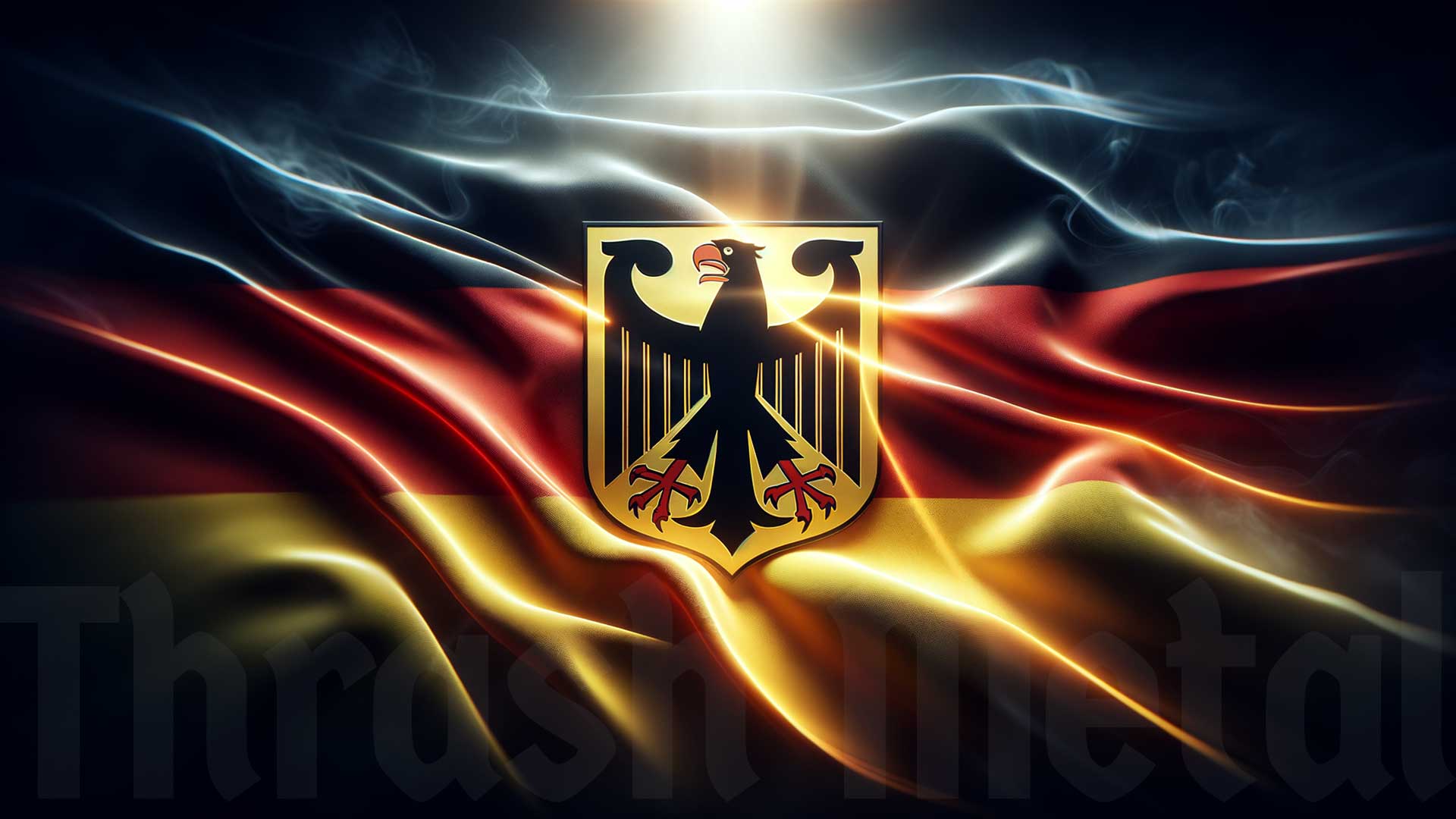
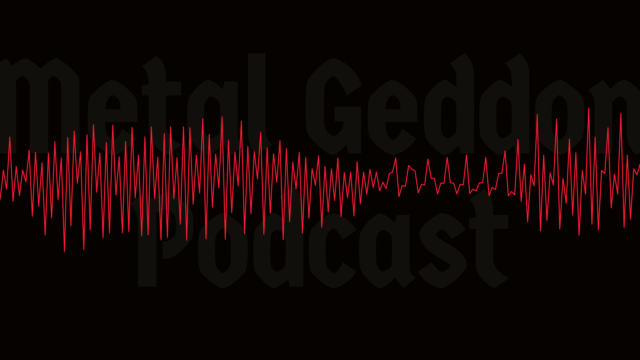
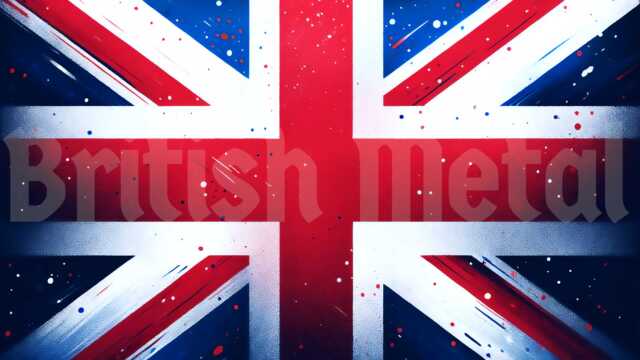

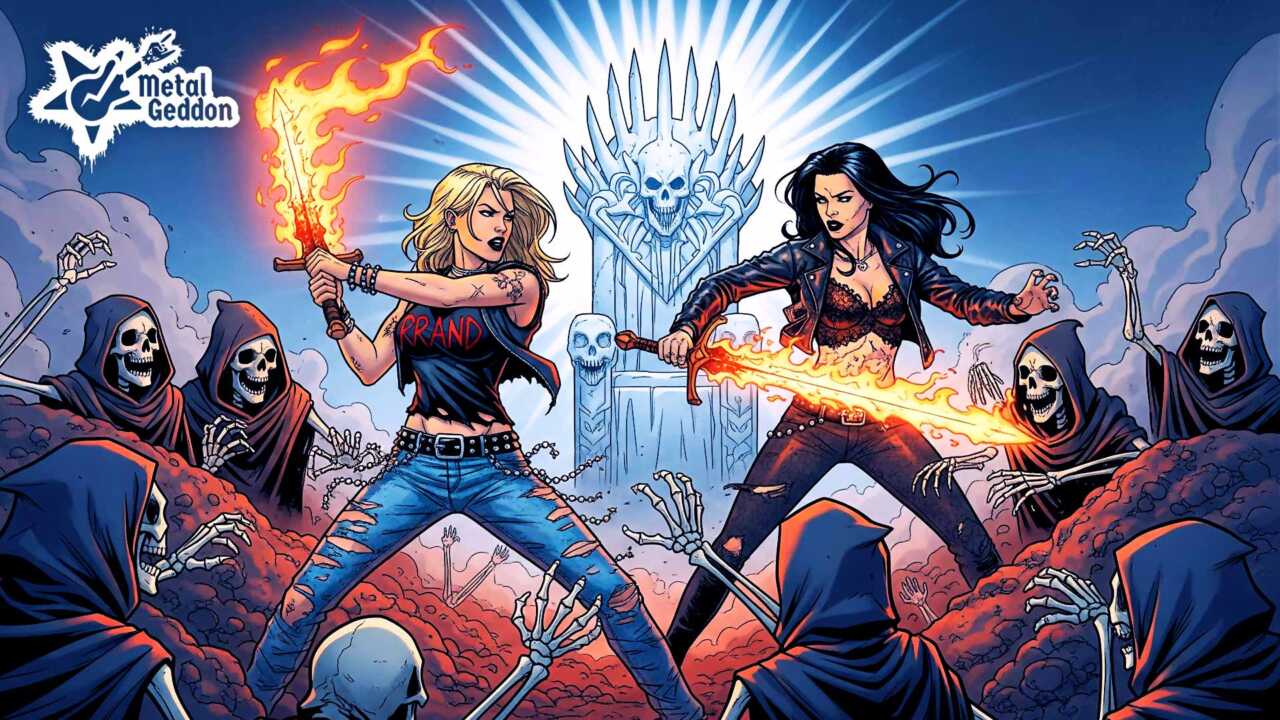
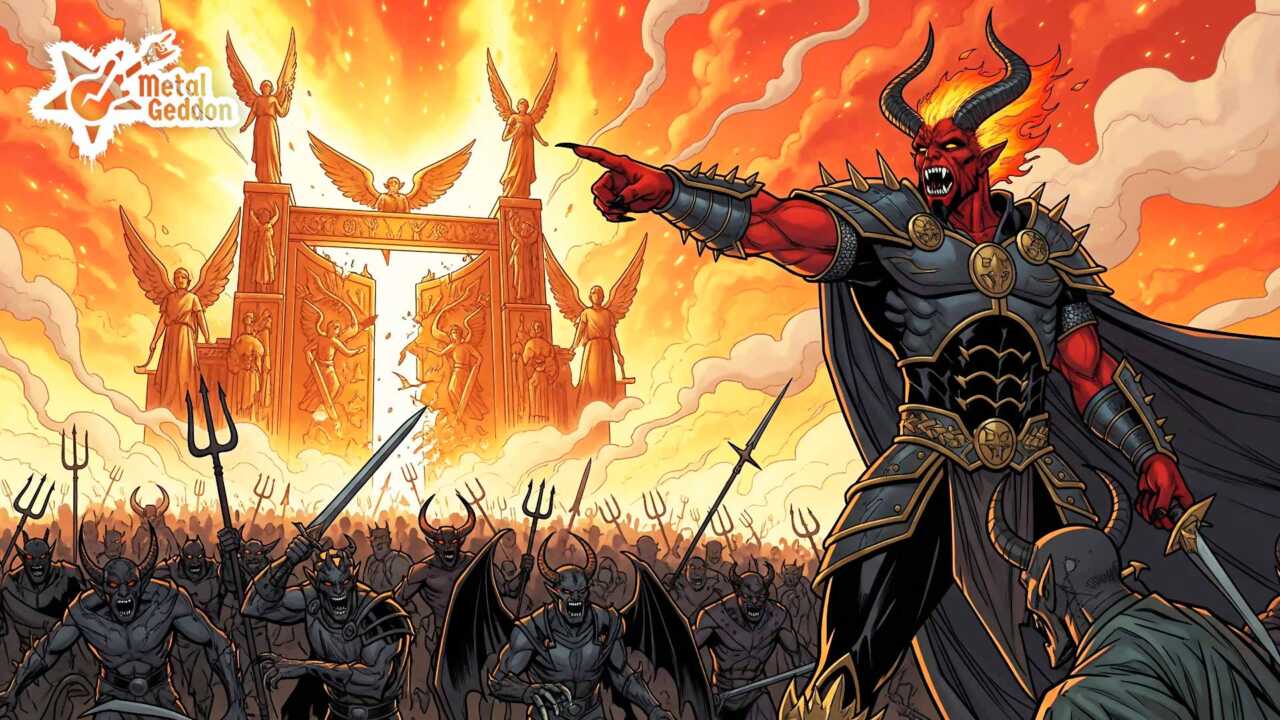
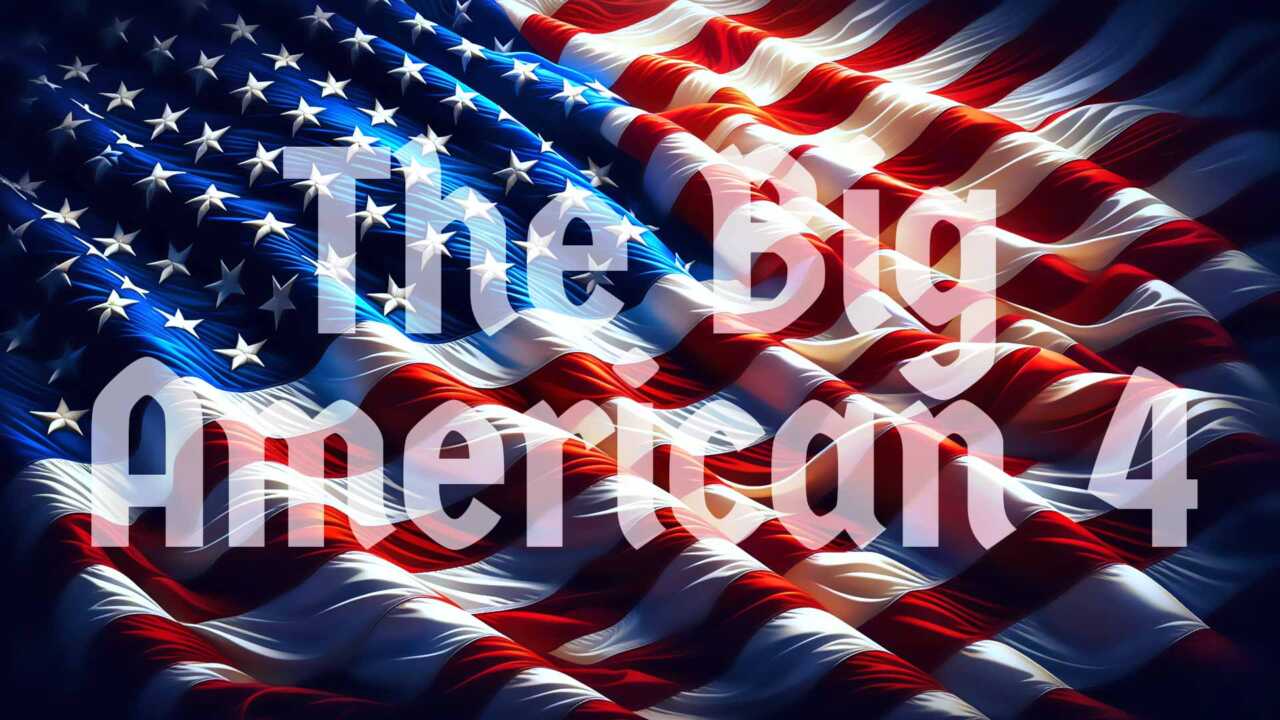


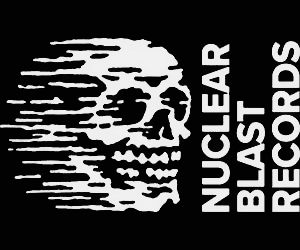



Add comment